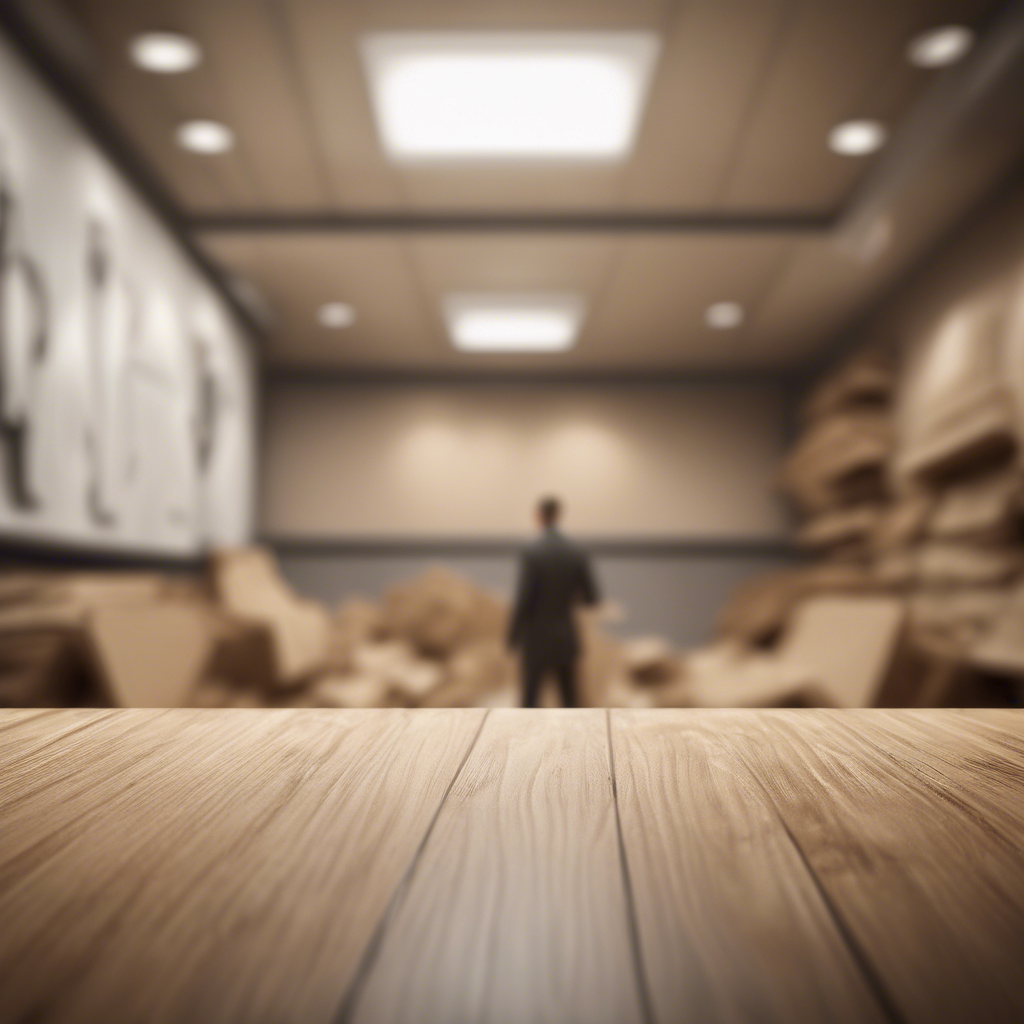Particle Board vs Plywood: A Detailed Comparison
- VINAWOOD GROUP
- Jul 5, 2024
- 3 min read
When it comes to choosing the right material for your furniture or construction projects, two popular options stand out: particle board and plywood. While both have their own set of advantages and disadvantages, understanding the differences between these two materials is crucial in making an informed decision. In this listicle, we will delve deep into the world of particle board vs plywood to help you determine which material suits your needs best.
> Read more: laminate flooring, hardwood flooring, baltic birch plywood, maple plywood, ACX plywood, BBOES plywood
1. Composition
Particle board is made from wood particles, such as sawdust and wood chips, that are bonded together using a synthetic resin or glue. These particles are pressed and heated to form a solid panel.
Plywood, on the other hand, is constructed by layering thin sheets of wood veneer (usually an odd number of layers) together with each layer’s grain perpendicular to the adjacent one. This crisscross construction provides strength and stability to the plywood.
> Get more details:
2. Strength and Durability
Particle board is generally less durable than plywood. It is prone to damage from moisture, which can cause the board to swell or disintegrate. However, in dry conditions and when used for indoor projects, particle board can be a cost-effective option.
Plywood is known for its strength and durability. The cross-grain construction enhances its structural integrity, making it resistant to warping and cracking. Plywood performs well in various environments, including those with high humidity levels.
> Discover more: furniture grade plywood, plywood underlayment, shuttering plywood, concrete forming plywood
3. Cost-Effectiveness
Particle board is often more budget-friendly than plywood. Its manufacturing process uses wood by-products, making it a cost-effective option for those on a tight budget. However, its lifespan and durability need to be considered when evaluating the true cost.
While plywood may be pricier than particle board, its durability and versatility justify the higher cost. Plywood's longevity and resistance to moisture make it a worthwhile investment for projects that require sturdy and long-lasting materials.
> Learn more: types of wood, Types Of Plywood, marine plywood, birch plywood, MDO plywood, hdo plywood
4. Appearance
Particle board has a uniform and smooth surface, making it ideal for applications where the appearance is not a major concern. It is commonly used in hidden areas of furniture or as a base for laminates and veneers.
Plywood has a natural wood grain pattern that can add aesthetic value to projects. It can be stained or painted to enhance its appearance, making it a versatile choice for visible surfaces in furniture and cabinetry.
> Explore further: MDF vs Plywood, Particle Board vs Plywood, OSB and Plywood, plywood ceiling
5. Eco-Friendliness
Particle board is often criticized for its environmental impact due to the adhesives used in its production. However, some manufacturers are moving towards using eco-friendly adhesives to create greener particle board options.
Plywood, especially when sourced from sustainably managed forests, is considered a more environmentally friendly choice compared to particle board. Its natural composition and ability to be reused or recycled make it a preferred option for eco-conscious consumers.
In conclusion, the choice between particle board and plywood ultimately depends on your specific requirements, budget, and environmental considerations. While particle board may be suitable for temporary or cost-sensitive projects, plywood offers superior strength and durability for long-term investments. Whether you opt for the affordability of particle board or the resilience of plywood, understanding the nuances of each material is key to achieving successful outcomes in your projects.
> Read more: plywood sizes, 3/4 plywood, 4x8 plywood, 1/2 plywood, 5/8 plywood, 1/4 plywood

Next time you embark on a woodworking or construction endeavor, remember to weigh the pros and cons of particle board and plywood to make an informed decision tailored to your needs.
Thank you for reading and happy crafting!
> Learn more:



Comments